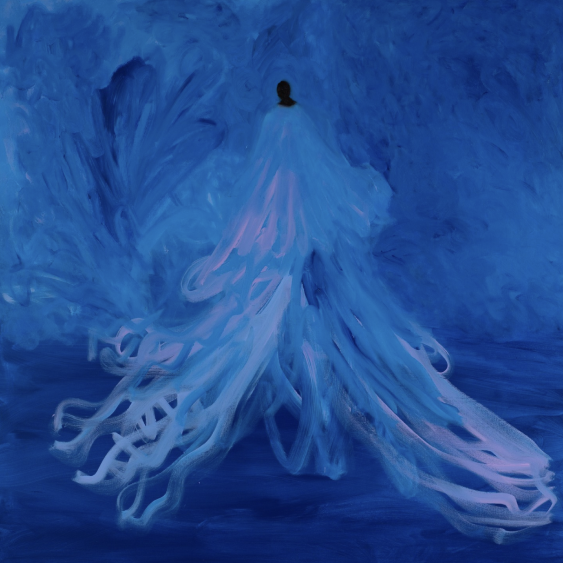Practice of Interest
Isilimela: Planting of a New Man
with Baz Bailey
Share
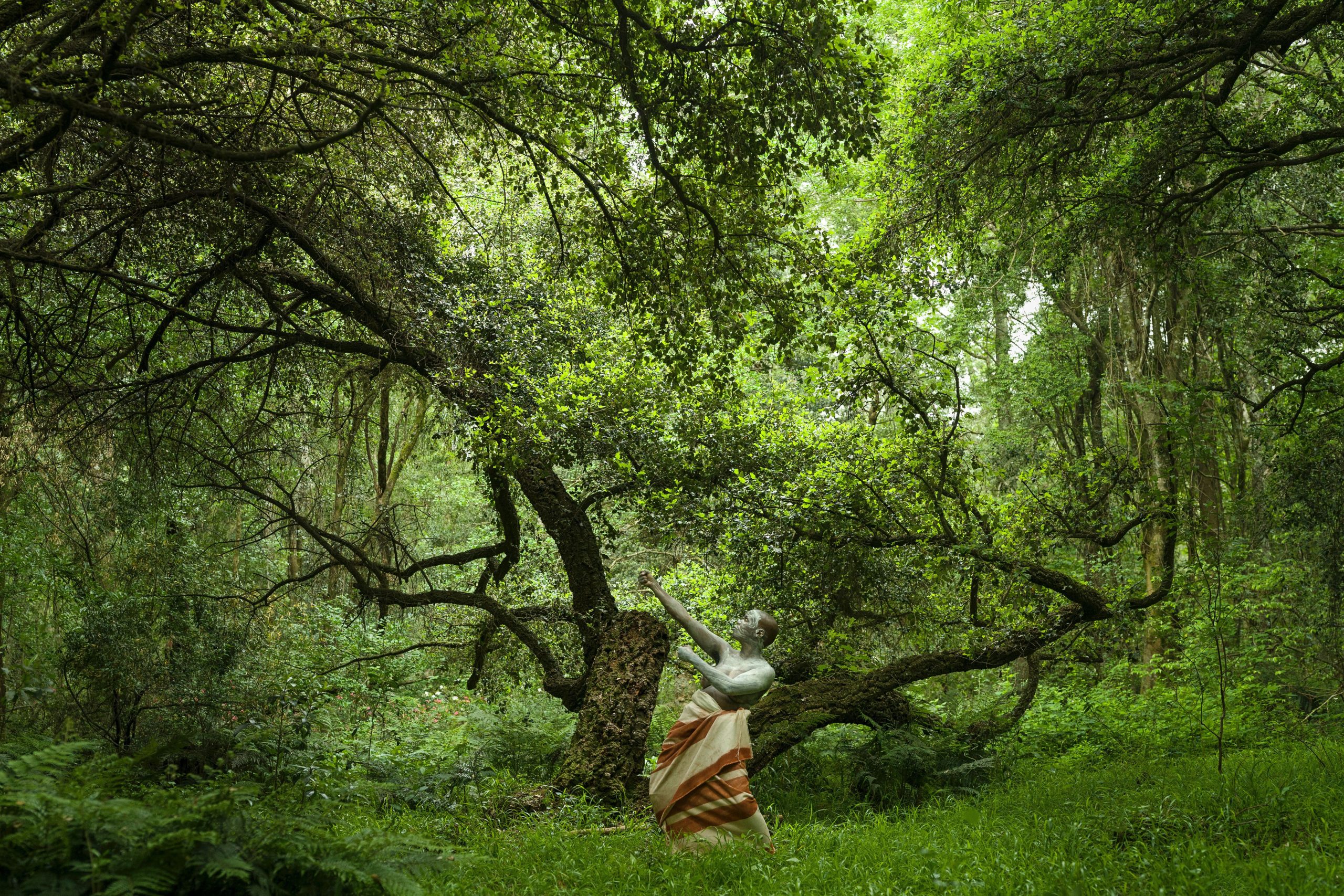
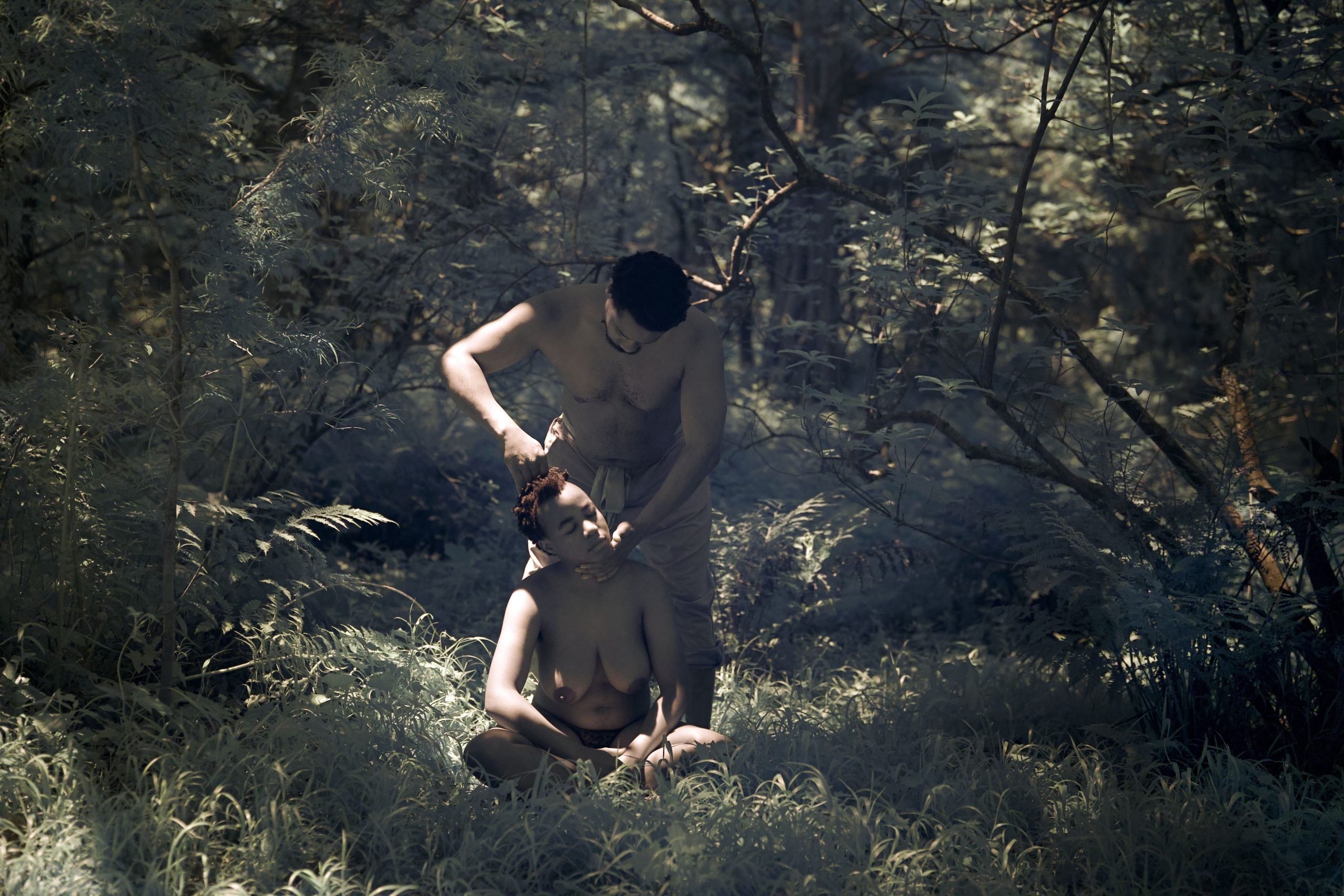
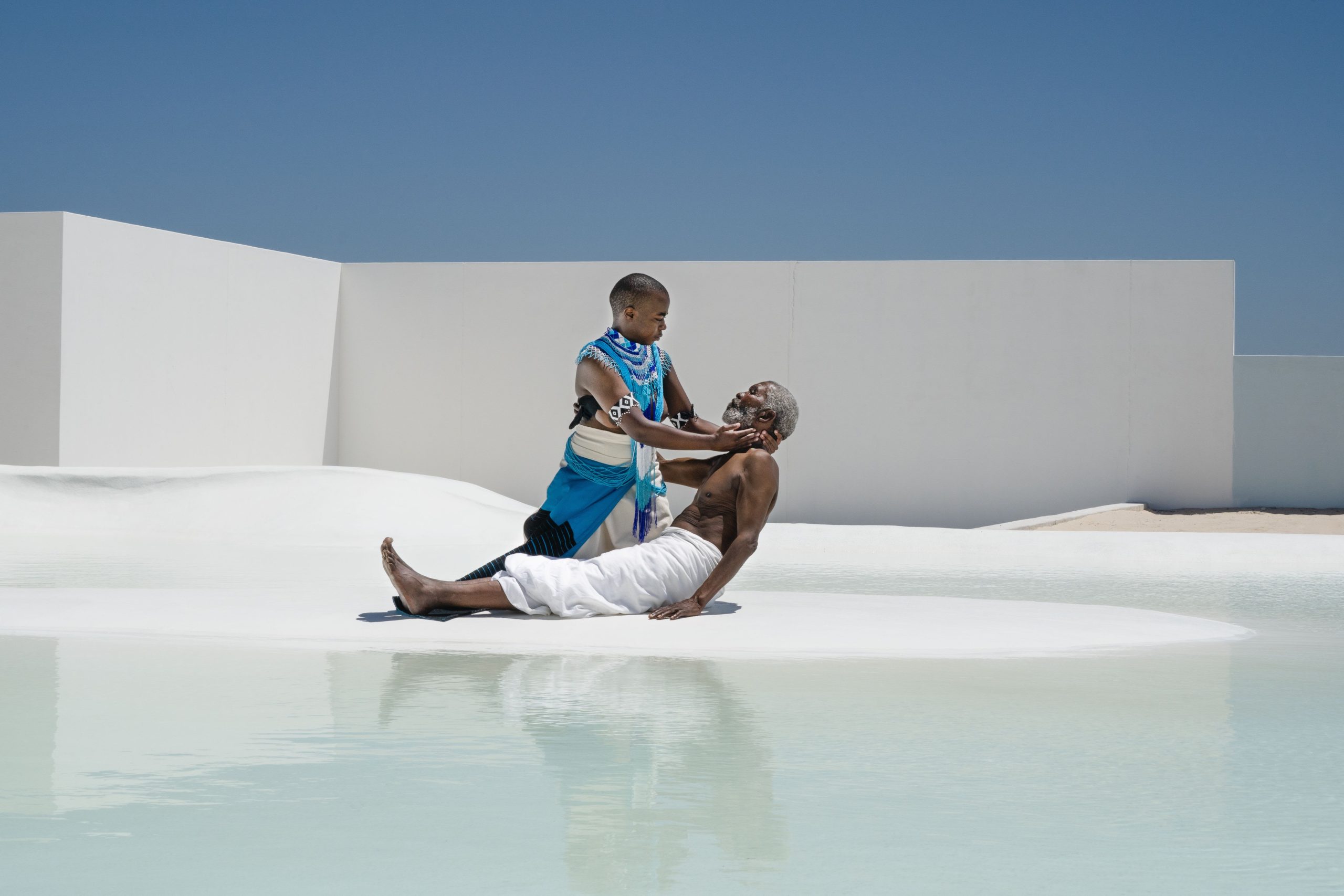
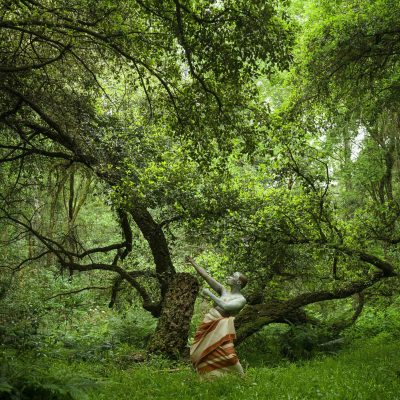
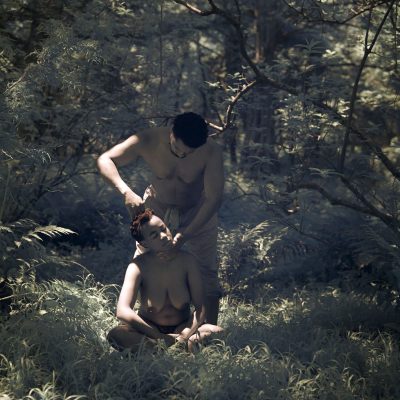
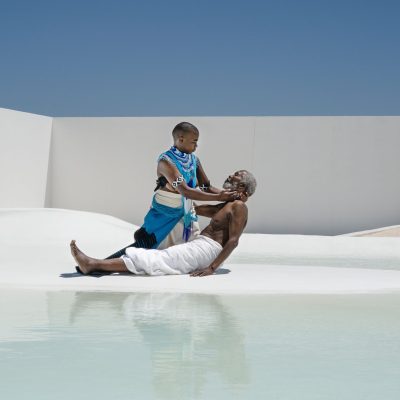
For this week’s _______ Of Interest, we feature a photo series of interest titled Isilimela: Planting of a New Man where Baz Bailey documents a transgender Xhosa man’s birthright to ulwaluko.
Dictated by the stars, the Xhosa calendar begins in Isilimela (June). Centred around cultivating the soil and planting crops, Isilimela also marks the beginning of the initiation season, Ulwaluko lwesiXhosa.
Enter Baz Bailey’s photo series, Isilimela: Planting of a New Man. A part of the exhibition BODYLAND – A Site for Contemplation, the series is currently exhibited at the UJ Art Gallery.
“Ulwaluko is reserved for cisgender heterosexual men,” he tells us at the show’s opening. “That’s why I embarked on this investigation.”
BODYLAND is the result of a 14-day group incubator and creative programme in Hogsback. During the incubation, mentored by Athi-Patra Ruga, Baz Bailey interrogated his inquisition into ulwaluko.
Trekking through Hogsback with his tripod, and camera, Baz Bailey encountered himself through self-portraiture. Comprising three portraits, he talks us through Isilimela: Planting of a New Man in his own words.
First in the series is Gobithyolo. “iGobithyolo is a homeless person. So because the men in my family aren’t building ibhoma lam (my initiation lodge), I am in the wilderness. I am igobithyolo. The only thing that I have to protect me is uMamTolo. It’s a Xhosa maternal blanket that’s meant to represent the initiate’s maternal side. It symbolises the support from my mother, aunts and the memory of my (former) Black sisterhood,” he explains.
Second is The death (of a dog) and the rebirth (of a man). It’s called that because in Xhosa culture boys are considered uncivilised, unkempt individuals. Ikhankatha (guardian and nurse) shaves the head of umkhwetha (initiate). “It’s the shedding of the dog,” he says. “Cutting my hair, Athi-Patra is ikhankatha and a symbol of queer manhood and community. Out of this will come the man.”
The final portrait of the series is called Ndoda and Child. “It marks the conclusion, the moment after I’ve gone through and experienced the transition into manhood. It’s called Ndoda and Child because it’s a play on the words from Duccio’s Madonna and Child painting.”
Subscribe
Subscribe
For exclusive news, tickets and invites delivered every week
